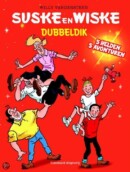
Written by: Willy Vandersteen, Paul Geerts
Illustrations: Willy Vandersteen, Paul Geerts
Publisher: Standaard Uitgeverij
Suske en Wiske Dubbeldik – Comic Book Review
This summer, Standaard Uitgeverij treats us to a big Suske and Wiske summer issue, ‘Dubbeldik’ (twice as thick). This name already suggests twice as much fun, but it gets even better: there are not just two, but a whopping five albums in this new edition. In each of the five albums selected for this summer issue, one of the usual main characters takes the lead. Older readers may relive their youth this summer, reading these albums, as they are all republications. This can only predict a summer full of comic book fun!
The first album, Jeromba de Griek, revolves around Jerom (as you would probably already have guessed from the title). While he’s in the pub, Jerom meets Kemal the Turk. Kemal asks Jerom to hold on to a very valuable sword he obtained in Istanbul, because he has to sail back and it would be too dangerous to take with him, as Boris the Bulgarian is after this sword as well. Jerom gladly accepts this task and takes the sword to professor Barabas’ home. As misfortune strikes Jerom in the form of a lightning bolt, he forgets who he is. When his friends find out that he accidentally ended up in Istanbul, they travel there post haste, to make sure that he is ok. And of course, they will never say no to a new adventure.
In the second album, Het Mini-Mierennest, aunt Sidonia takes the lead. Our friends set off for a holiday on a yacht under a bright blue sky, but soon the weather changes and they end up in a thick mist. All of a sudden a dark shape emerges and a Titanic scenario is bound to happen, but luckily they all survive. This dark shape wasn’t an iceberg though, but a gigantic ship. As the captain takes them aboard, he explains that his ship is actually something like the arc of Noah. Because he is convinced that the world will soon come to an end, he captured several people of different races, to make sure humanity can survive. When they are attacked by air forces, the ship sinks and they have to try and survive on an uninhabited island. Will they all manage to stay alive?
Next, it’s Suske’s turn to stand in the spotlight in Het Ros Bazhaar. When Suske and Wiske are at the fair, they see a farmer who is trying to sell his old horse Bazhaar. When Suske hears that it will be slaughtered if nobody buys it, he feels so sorry for the horse that he decides to buy it. Unfortunately, suddenly fat Troela, the fortune teller at the fair, appears and outbids Suske. It seems as if she wants Bazhaar, no matter what. That night, Suske hears a voice outside calling him. When he looks out the window, he finds that it is Bazhaar, who ran away from Troela. He came to Suske because he was the only one who ever treated him right. He convinces Suske to run away with him, and together they disappear into the night.
In the fourth adventure in this publication, De olijke olifant, Wiske is very unhappy. She mopes around all day trying to figure out who she ‘is’. While wandering around she meets an old lady who tells her that a big event might show her her true nature, be it good or evil. That’s why Wiske decides to break into professor Barabas’ house and use his time machine to travel to the foothills of the Alps in the year 218 B.C., to meet Hannibal and his elephants.
In the fifth and last adventure, De kleurenkladder, Lambik is in love, but with whom? Suske and Wiske just need to know. Our friends soon find out that Lambik traveled to the Paris of 1887 to find his love Agostina Segatori, a model for painters such as Degas, Corot and Van Gogh. Lambik decides to become a painter too, hoping to impress Agostina. It’s not the best plan he ever had unfortunately (although in his head, it probably was). Despite lessons from Vincent Van Gogh himself, he can’t make one decent painting. Meanwhile, Suske and Wiske came to Van Gogh’s atelier to take Lambik back home, but it’s only then that the real trouble begins.
As we already mentioned earlier, this summer issue consists out of five previously published albums, each one having a different character at the forefront. These albums are all quite old already, the oldest one, Jeromba de Griek, dating back to 1966, the newest one, De kleurenkladder, being written in 1989. Over the years, quite a few things have changed – may we say – for the better. The font style, for example, got more legible and also the colors got brighter. As for the drawings themselves, they look a tad more elementary in the older albums than in “De olijke olifant” or “De kleurenkladder”. The lines are thicker, the colors darker and Suske and Wiske just look more like children compared to the newer albums. “De kleurenkladder”, “Het Ros Bazhaar” and “De olijke olifant”, in contrast to the other albums, were written and drawn by Paul Geerts and not Willy Vandersteen, which results in images that are just a bit more finely drawn and detailed. What also strikes the eye in “De kleurenkladder”, is that the side characters look more realistic, compared to Suske and Wiske and their friends.
The adventures are often inspired by existing stories (such as Zorba the Greek and Mysterious Island) or historical figures (such as Hannibal and Vincent Van Gogh). That being said, the stories are very resourceful and go from ordinary to extraordinary in just the blink of an eye. Of course a time machine always helps to achieve this feeling, but even so, the stories keep being very inventive. Or have you ever seen a man who lived for centuries at a time, a modern arc of Noah or a talking horse?
Conclusion
Dubbeldik promises to be a super thick book of adventures, and that’s exactly what it is. Although the stories are fairly old, they didn’t get dull at all over the years and are still very entertaining. By publishing these five Suske and Wiske adventures together, all with a different lead character, Standaard Uitgeverij found a way to republish some fine stories, without getting repetitive. This summer will be filled with adventures!
Suske en Wiske Dubbeldik - Comic Book Review,
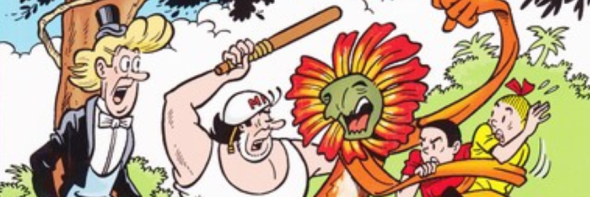
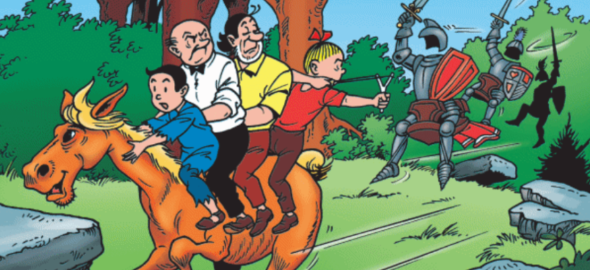
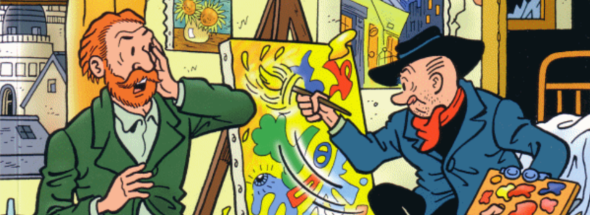
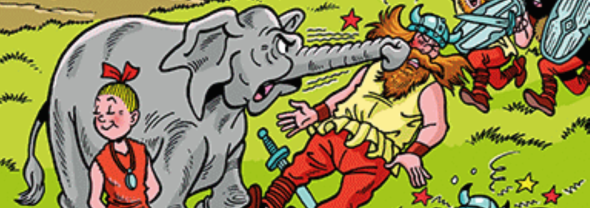
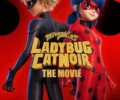
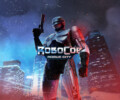
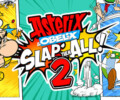
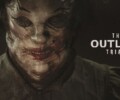
No Comments